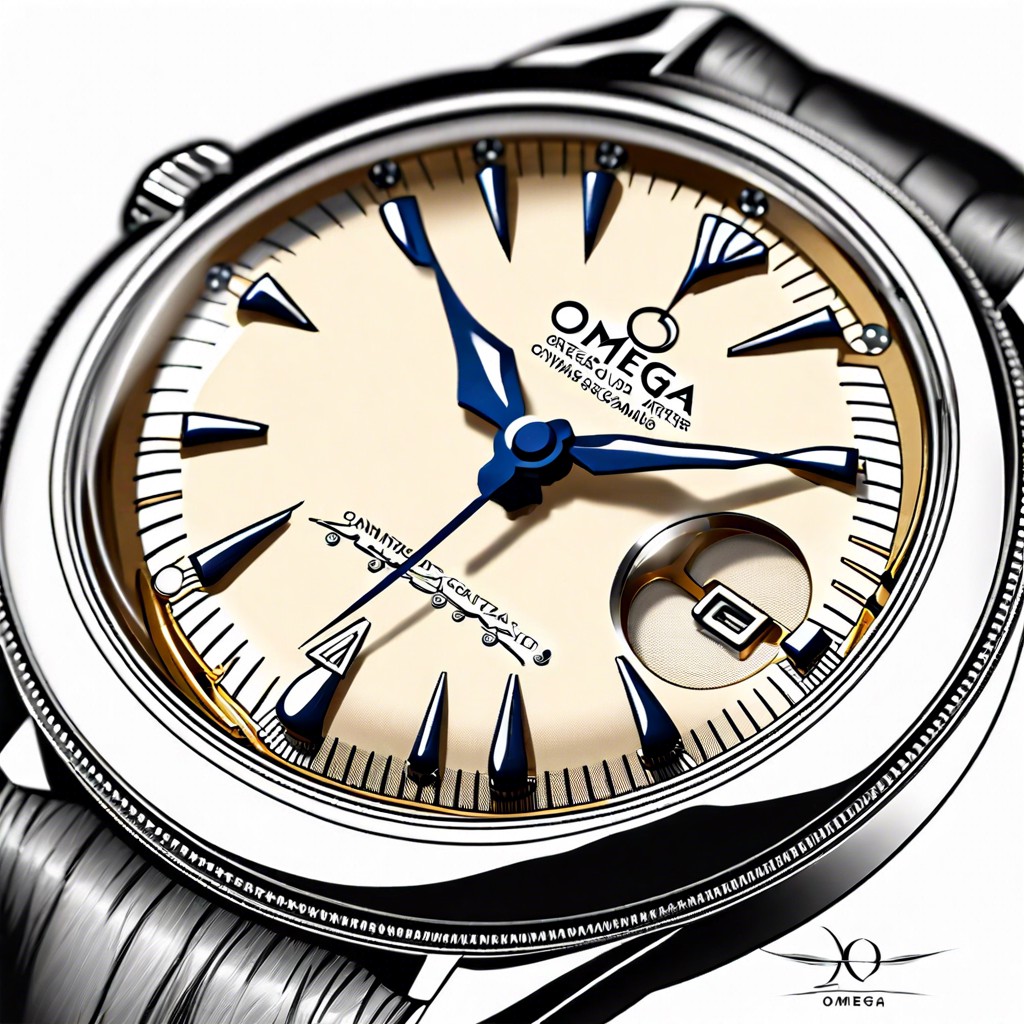Last updated on
This article examines the allure and intricacies of vintage Rolex watches, providing insights into their history, value, and appeal to collectors.
Key takeaways:
- Vintage Rolex watches are typically aged 30 years or more.
- Vintage Rolex watches have unique charm and appeal to collectors.
- Certain vintage Rolex models, like the Submariner and Daytona, are highly coveted.
- Authenticity and originality are important when buying vintage Rolex watches.
- Vintage Rolex watches are often considered blue-chip assets with investment potential.
Definition of Vintage in Rolex Watches
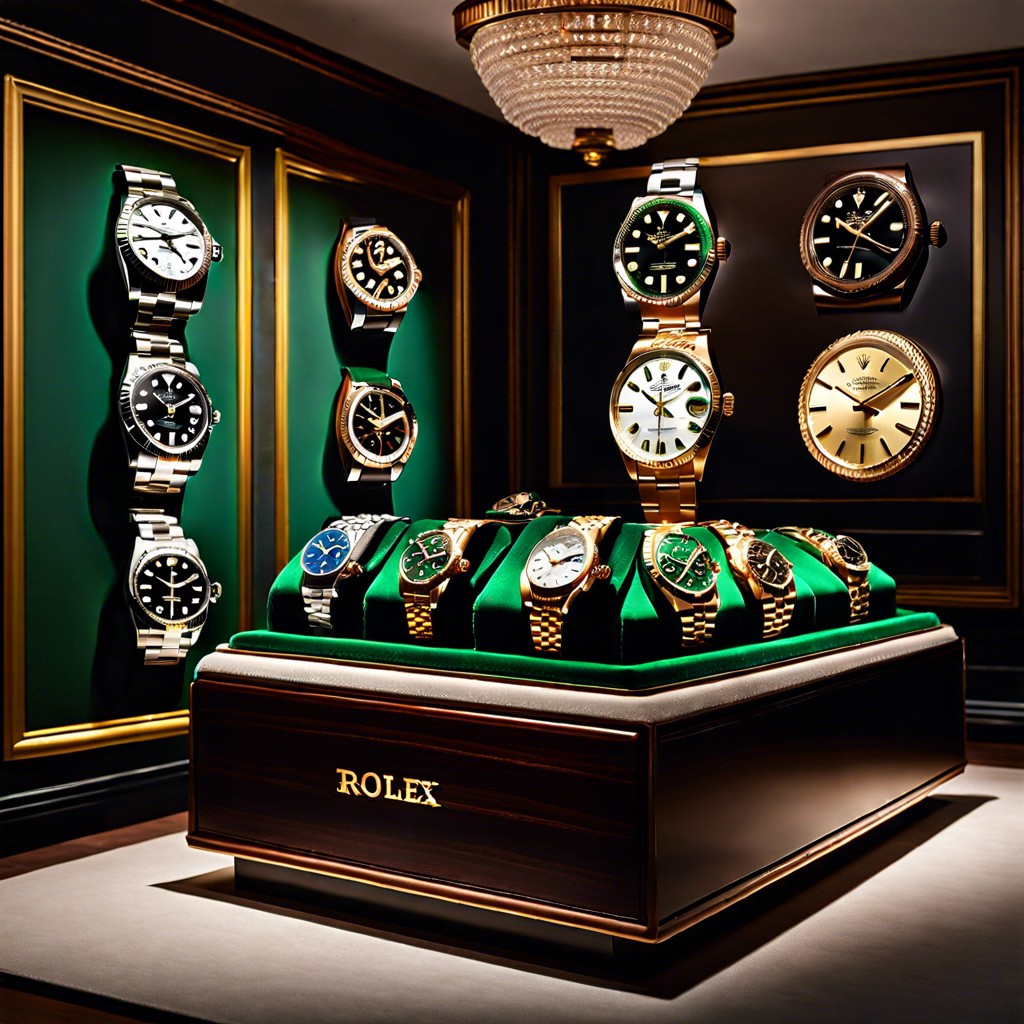
Vintage Rolex watches refer to timepieces typically aged 30 years or more. This distinction marks a boundary between contemporary models and those with historical significance. For Rolex, watches from the 1980s or earlier often fall into the vintage category. Due to production changes over time, vintage models display characteristics distinct from modern offerings, such as acrylic crystal over the dial instead of sapphire and tritium-based luminous material on the dial instead of the modern Super-LumiNova.
The age range for a vintage Rolex is not universally fixed and can be subjective, influenced by the model’s release date, discontinuation period, or notable features unique to a specific era. For instance, the transition to sapphire crystals from acrylic or the switch from matte to glossy dials offers collectors unofficial demarcation lines to classify vintages. Rarity and the presence of specific hallmarks, such as patina or the original bracelet, enhance the vintage appeal of these timepieces.
The Appeal of Vintage Rolex Watches
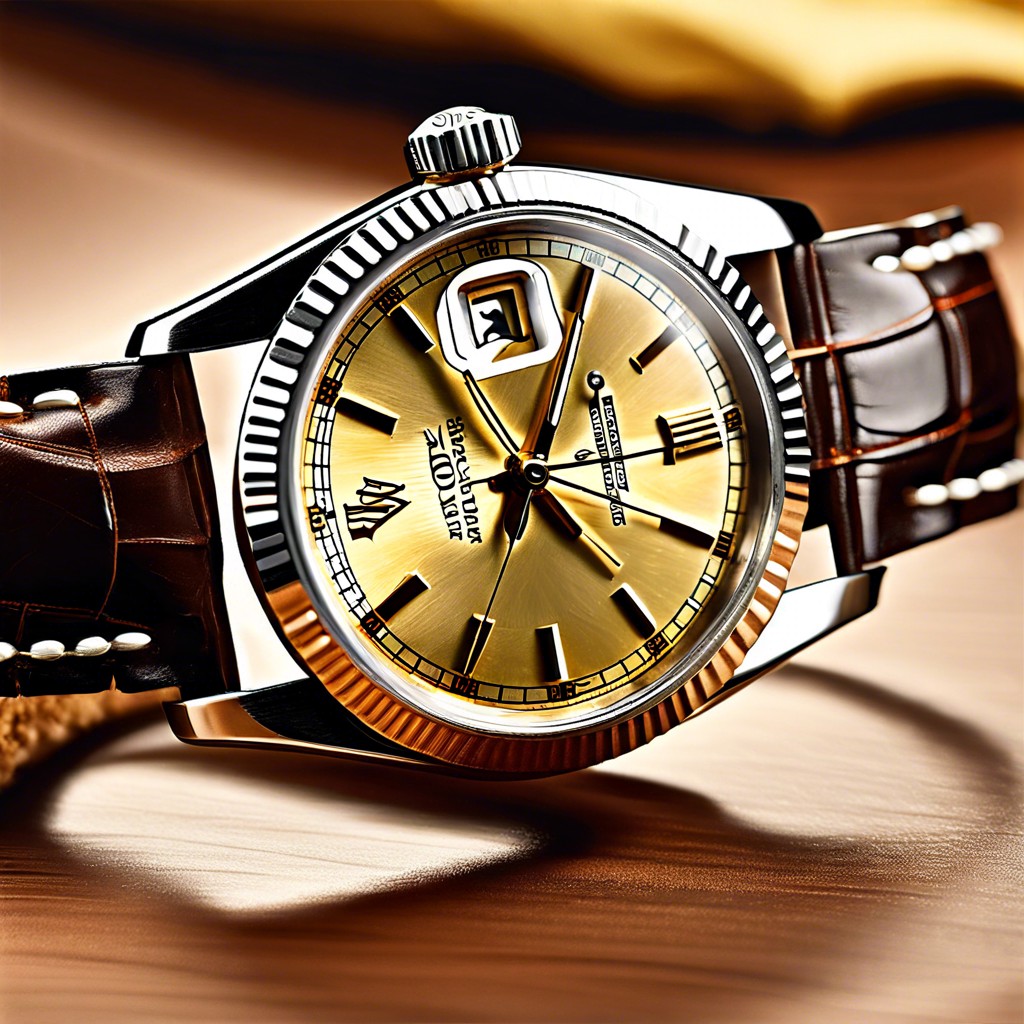
Vintage Rolex watches command a unique charm, capturing the essence of different eras in their design and craftsmanship. They represent a tangible connection to the past, offering watch enthusiasts a piece of history on their wrists.
One elemental factor driving their appeal is the distinctive patina that develops over time. This ageing process contributes to the character of each piece, creating a one-of-a-kind aesthetic not replicable in newer watches.
The limited availability of these timepieces further fuels their allure. With production runs long ceased, each vintage Rolex model possesses an inherent rarity. This scarcity often ignites a sense of urgency among collectors to acquire specific references before they become even harder to find.
Additionally, many vintage Rolex watches have storied pasts, carrying tales of adventure, prestige, or historical significance. Owning such a watch means becoming part of its legacy. For instance, models linked to notable figures or iconic moments in history are highly prized.
There’s also the appeal of craftsmanship. These watches were engineered to last, using techniques and materials from bygone times. The mechanical movements, hand-finishing, and robust cases showcase an era when watches were primarily tools, constructed to endure challenging conditions.
Collectible Vintage Rolex Models
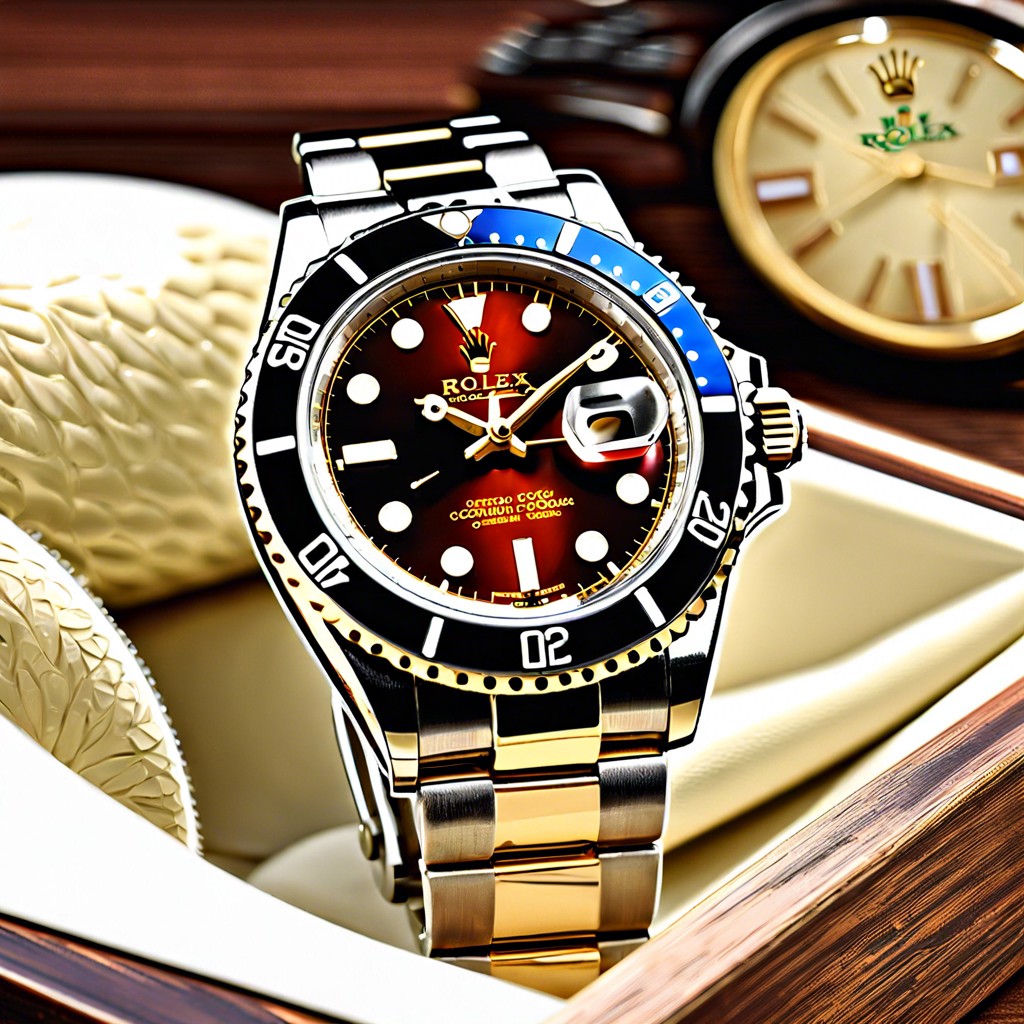
Certain models standout in the vintage Rolex market for their collectibility and historical relevance, commanding exceptional interest and often higher prices.
The Rolex Submariner, particularly early references like the 6200, 6538, and 5513, is highly coveted for its association with James Bond and its pioneering status in dive watches.
The Rolex Daytona, especially with the reference 6239, gained fame through actor and racing enthusiast Paul Newman, creating a substantial niche for so-called “Paul Newman Daytonas.”
Rolex GMT-Master watches, with the iconic reference 6542 featuring a bakelite bezel, are sought after for their innovation in displaying multiple time zones and their association with Pan American World Airways.
The Rolex Explorer, specifically the reference 1016 with its simple and legible design, resonates with collectors due to its connection with mountaineering and exploration.
Early Rolex Datejust models, like the reference 6305, are appreciated for introducing the now-standard date function on wristwatches, marking a significant point in Rolex’s history.
Collectors often seek the Rolex Day-Date, especially early models like the 6511, prized for its prestige and exclusivity, being the first wristwatch to display both the date and the day of the week spelled out in full.
Understanding that rarity, condition, provenance, and original parts significantly influence the desirability and value of these models is vital to both seasoned collectors and new enthusiasts.
Determining Authenticity and Originality
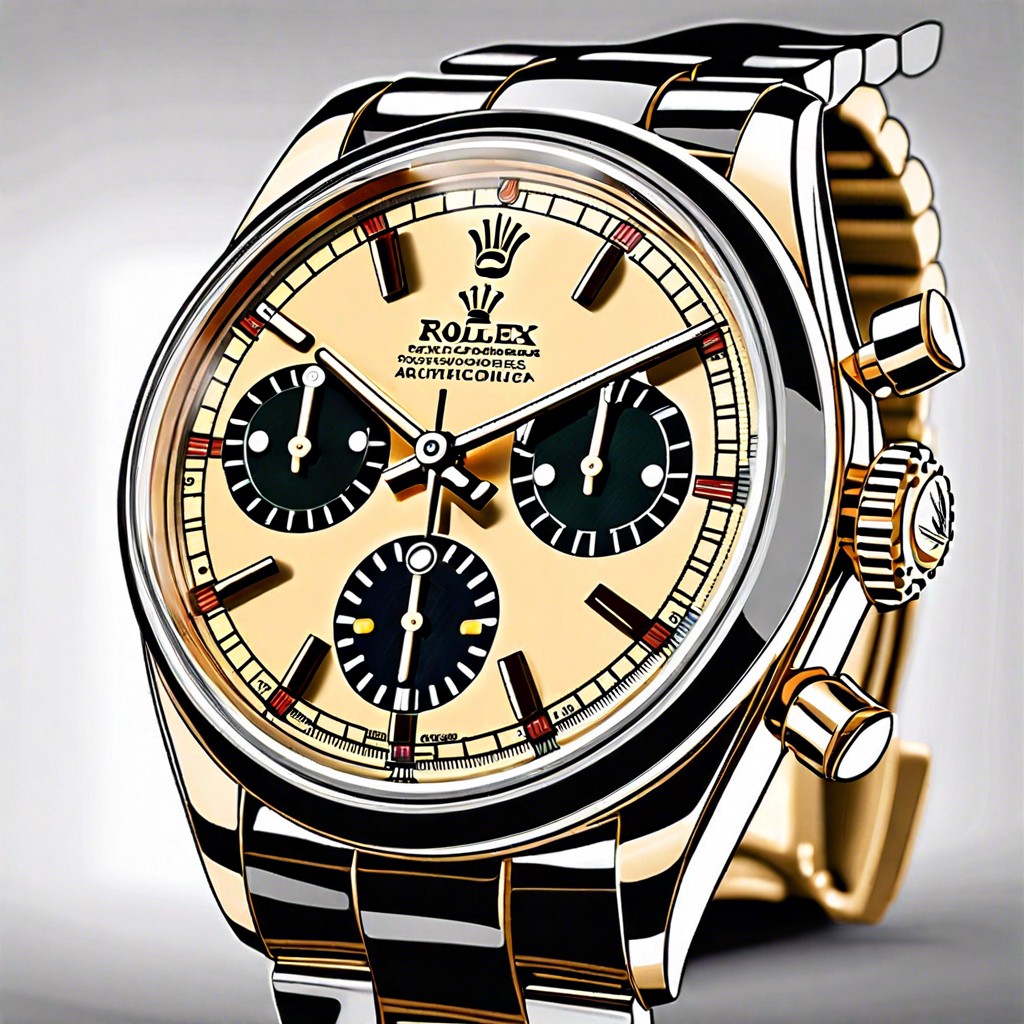
Authenticity ranks high in the vintage Rolex market, where counterfeit models are common. A genuine Rolex encompasses precise craftsmanship with attention to detail. Serial and model numbers, located between the lugs of the watch, should match official Rolex production records. These alphanumeric sequences can be cross-referenced for the production year, substantiating the watch’s age.
The originality of components affects value significantly. Each part of a Rolex—dial, bezel, crown, hands, and bracelet—should be consistent with the model’s era. Replacement parts, even if genuine Rolex, can diminish a watch’s collectible stature and value. Rolex stamps or hallmarks, when present, also serve as indicators of originality.
For prospective buyers or collectors, consultation with a reputable watchmaker or a Rolex expert is advisable. They possess the specialized tools and expertise required to inspect movement and ensure all parts are original.
In addition, paperwork and service history contribute to the verification process. Original boxes, warranty papers, and service records provide traceability and prove a watch’s journey through time, thereby confirming its authenticity and originality.
Investment Potential of Vintage Rolex Watches
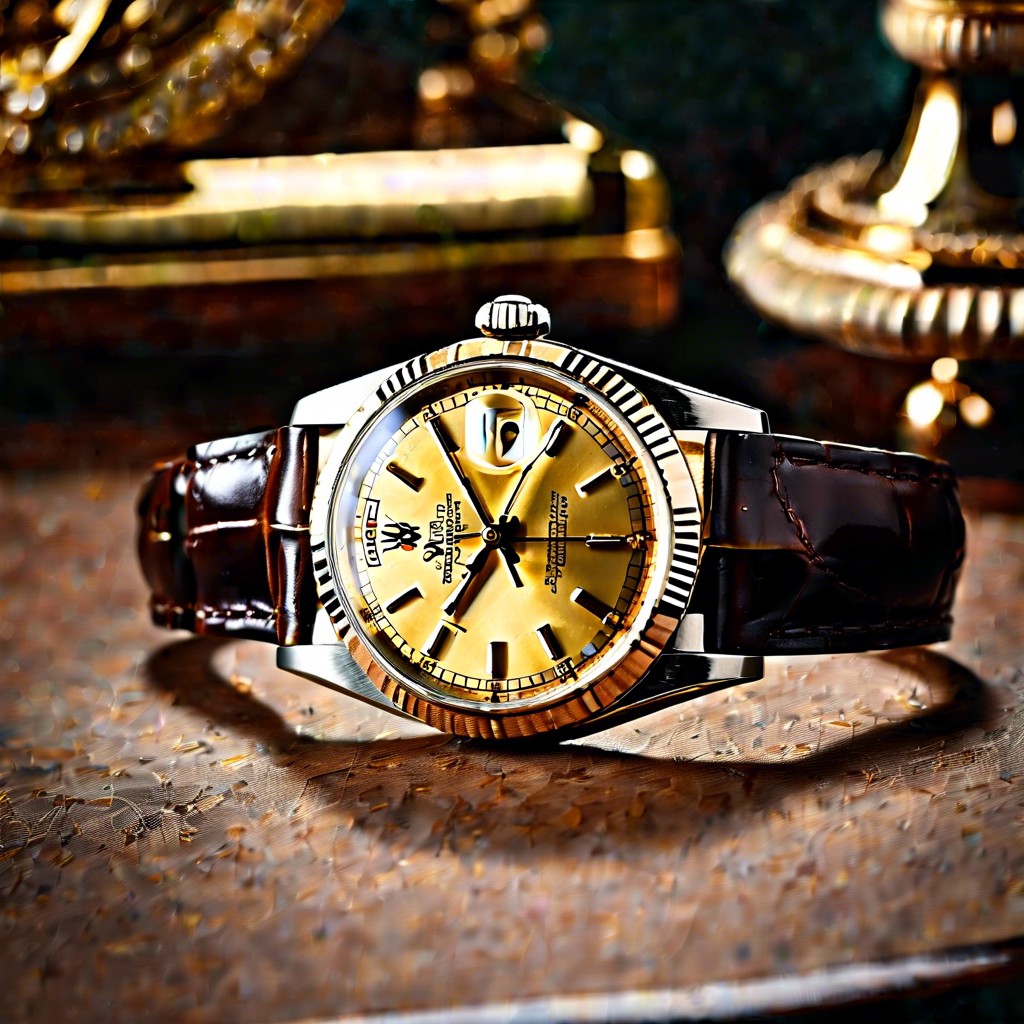
Investors often regard vintage Rolex watches as blue-chip assets, usually retaining or increasing in value over time. High demand and limited supply contribute to the steady appreciation of well-maintained, rare models.
The condition of the watch plays a pivotal role; pieces in mint condition with the original box and papers command higher prices. Service history, provenance, and the rarity of the model or dial variant also impact investment potential.
Market trends indicate that certain vintage Rolex lines, such as the Submariner, Daytona, and GMT-Master, experience more significant appreciation due to their iconic status and historical significance.
Short-term flipping can be risky. A long-term hold allows for the natural appreciation of the timepiece as it transitions from merely old to vintage and, eventually, to antique status.
Investing in vintage Rolex watches requires a nuanced understanding of the market. Consultation with experts, authentication and purchase through reputable dealers can mitigate risks and enhance the investment’s reliability.




